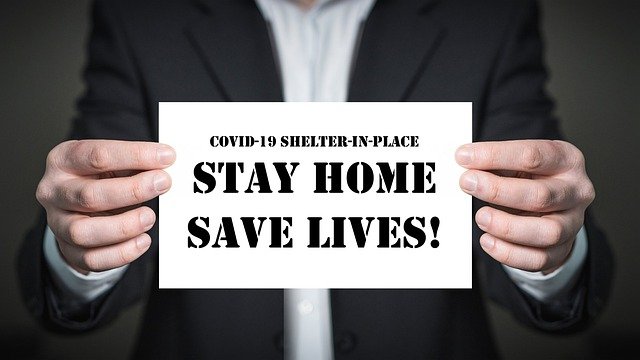San Francisco Chronicle quoted a Stanford University study as saying that if the American people continue to live in the normal way instead of staying at home to avoid the epidemic, one-third of the population in 10 major cities may be infected with the novel coronavirus a month.
Based on the mobile phone communication data of 10 major cities, including San Francisco, Los Angeles, New York and Washington, the Stanford University research team accurately tracked the hourly movement of 98 million mobile phone users during the outbreak and established a prediction model. The results show that the predicted data are very consistent with the actual infection situation. The study shows that most of the new cases occur in restaurants, gyms and other crowded public indoor spaces, with restaurants at the highest risk of infection, three times higher than the second-ranked gym.
The report also noted that supermarkets in low-income areas are twice as likely to spread the virus as high-income areas due to crowding and longer stay times, based on two factors: population stay time and population per square foot. Jure Leskovec, co-author of the study, said that the data of these studies illustrate the importance of staying at home to avoid the epidemic and social distancing.
Record number of epidemics More than 2,000 deaths in a single day
Statistics from Johns Hopkins University show that as of November 19th local time, the number of hospitalizations for COVID-19 in the United States reached more than 80,000, the highest since the outbreak of the epidemic; on the 19th, 187,800 new cases were added in a single day, which also reached a new high; and also on the 19th, the United States died in a single day. The number of cases exceeded 2,000, the highest since June. Over the past week, more than 1,200 Americans have died every day from COVID-19. As of the morning of November 22, local time, the number of confirmed cases of COVID-19 in the United States has reached 1,209,024, and the number of deaths has reached 25,59,911.
Deborah Birx, coordinator of the White House Coronavirus Response Task Force, told CNN that half of the United States is now a high-risk “red zone”. “This outbreak is growing faster and spreads more widely than before, and what worries me is that it will last longer. .”
The Institute of Health Metrics and Assessment of the University of Washington recently predicted that the average daily number of coronavirus deaths in the United States will be about 2,300 from now until December 18, and the total number of deaths between now and March 1 next year will be 471,000, an increase of 30,000 from last week’s estimate. People.
States are actively preventing epidemics. The White House is silent.
In response to the crazy response to the epidemic, most state governments in the United States have restarted measures to avoid the epidemic at home. California has implemented a one-month “conditional stay-at-home epidemic shelter” from November 21 local time. All non-essential workers are not allowed to go out after 10 p.m. Ohio has imposed a statewide curfew. All shops must be closed after 10 p.m., and people are required to stay at home. Arkansas issued the same curfew, and New York City may close restaurants for indoor meals after Thanksgiving.
Compared with the positive attitude of state epidemic prevention, the White House seems very quiet, which has attracted widespread criticism from the American media.
ABC criticized the White House’s epidemic prevention attitude on the 19th under the title of “250,000 coronavirus deaths in the United States, but Trump remains silent”. The article said that when the death toll of the coronavirus in the United States reached 100,000, Trump ordered the national flag to be flown at half-mast, but now the number has climbed to 250,000. Trump has taken no move or expressed his position except for Twitter on the 19th that “the vaccine will come soon” in full capital letters.
Senior U.S. government health officials have warned that the upcoming Thanksgiving party may aggravate the epidemic across the country, but Trump has once again remained silent about the risk. White House Press Secretary Kelly McKennay criticized health experts and state governments on the 18th to ease the restrictions on Thanksgiving gatherings during the epidemic. She said: “We are responsible for our own health.”
In response, Anthony Fauci, director of the National Institute of Allergy and Infectious Diseases, warned at the White House pandemic briefing on the 19th: “We must take stricter public health measures, wear masks, avoid gatherings and social distancing, so that we can only last until the large-scale use of vaccines.”



